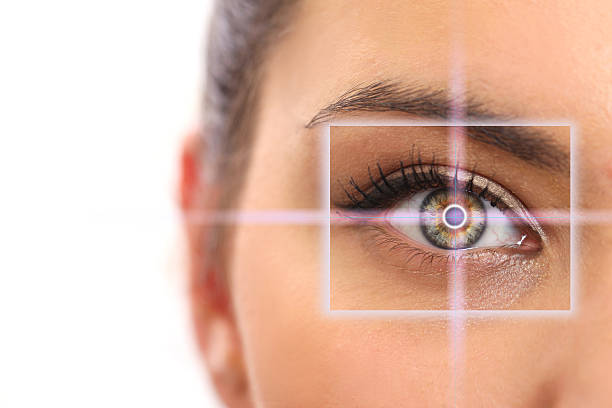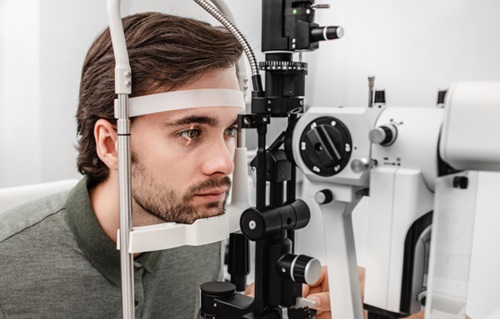Table of Contents
Introduction
Are you tired of dealing with blurry vision due to astigmatism? You might have wondered if laser eye surgery could be the solution to your problem. Fortunately, the answer is yes! In this article, we’ll explore what astigmatism is, the different types of laser eye surgery available, and whether or not you’re a good candidate for the procedure. Let’s dive in!
Understanding Astigmatism
What is Astigmatism?
Astigmatism is a common vision problem caused by an irregularly shaped cornea or lens. This irregularity prevents light from focusing properly on the retina, leading to blurry or distorted vision.
Causes of Astigmatism
Astigmatism is usually a hereditary condition, but it can also develop as a result of an eye injury, surgery, or other factors affecting the shape of the cornea.
Types of Astigmatism
There are two main types of astigmatism: corneal and lenticular. Corneal astigmatism occurs when the cornea has an irregular shape, while lenticular astigmatism is caused by an irregularly shaped lens.
What is Laser Eye Surgery?
Laser eye surgery, also known as refractive surgery, is a procedure that corrects vision problems by reshaping the cornea. This allows light to focus properly on the retina, resulting in clearer vision.
Types of Laser Eye Surgery
There are several types of laser eye surgery, including LASIK (Laser-Assisted In Situ Keratomileusis), PRK (Photorefractive Keratectomy), and SMILE (Small Incision Lenticule Extraction).
Laser Eye Surgery and Astigmatism
LASIK for Astigmatism
LASIK is a popular laser eye surgery that can effectively treat astigmatism. During LASIK, a thin flap is created on the cornea, and the underlying tissue is reshaped with a laser. The flap is then repositioned, allowing the cornea to heal quickly.
PRK for Astigmatism
PRK is another option for treating astigmatism. In this procedure, the outer layer of the cornea is removed, and a laser is used to reshape the underlying tissue. The outer layer then grows back over time, conforming to the new shape of the cornea.
SMILE for Astigmatism
SMILE is a newer, minimally invasive procedure that can also treat astigmatism. During SMILE, a small incision is made in the cornea, and a tiny piece of tissue is removed. This reshapes the cornea and corrects the astigmatism.
Who is a Good Candidate for Laser Eye Surgery with Astigmatism?
To be considered a good candidate for it, you should have a stable prescription for at least a year and be free of any conditions that may affect the healing process. Additionally, your cornea should have a sufficient thickness to ensure a successful procedure.
Risks and Complications
As with any surgical procedure, there are risks and potential complications associated with laser eye surgery. Some of these include infection, dry eyes, glare or halos, undercorrection or overcorrection, and the need for a follow-up procedure.
Recovery and Results
Recovery times vary depending on the type of you undergo. For LASIK, most patients experience improved vision within 24 hours and can return to normal activities within a few days. PRK and SMILE may require a longer recovery period, with vision improvements taking a few days to a week.
Alternatives to Laser Eye Surgery for Astigmatism
If you’re not a suitable candidate for prefer a non-surgical approach, there are alternative options available. These include contact lenses specifically designed for astigmatism, such as toric lenses, or eyeglasses with special lenses to correct your vision.
Consulting an Eye Specialist
Before deciding on any vision correction procedure, it’s essential to consult with an eye specialist. They can evaluate your individual circumstances and help you determine the best course of action for your astigmatism.
Is laser eye surgery painful?
How long do the results of laser eye surgery last?
How much does laser eye surgery for astigmatism cost?
Can astigmatism return after laser eye surgery?
Are there any age restrictions for laser eye surgery?
You May Also Like: LASIK Surgery: Will the Results Last a Lifetime?






